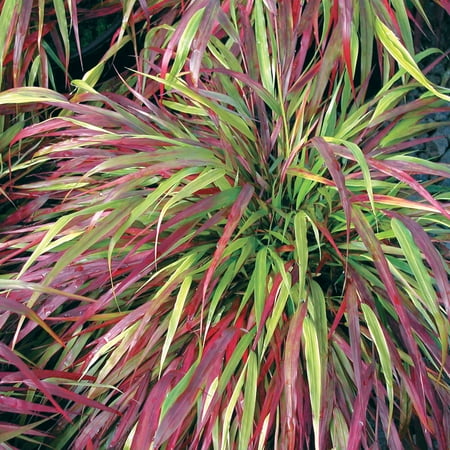These invasive ground covers became a planting nightmare – 5 species I’ll never grow again, and what I'd choose instead as a professional gardener
After several years as a gardener, these are the thuggish ground covers I’ll never plant again

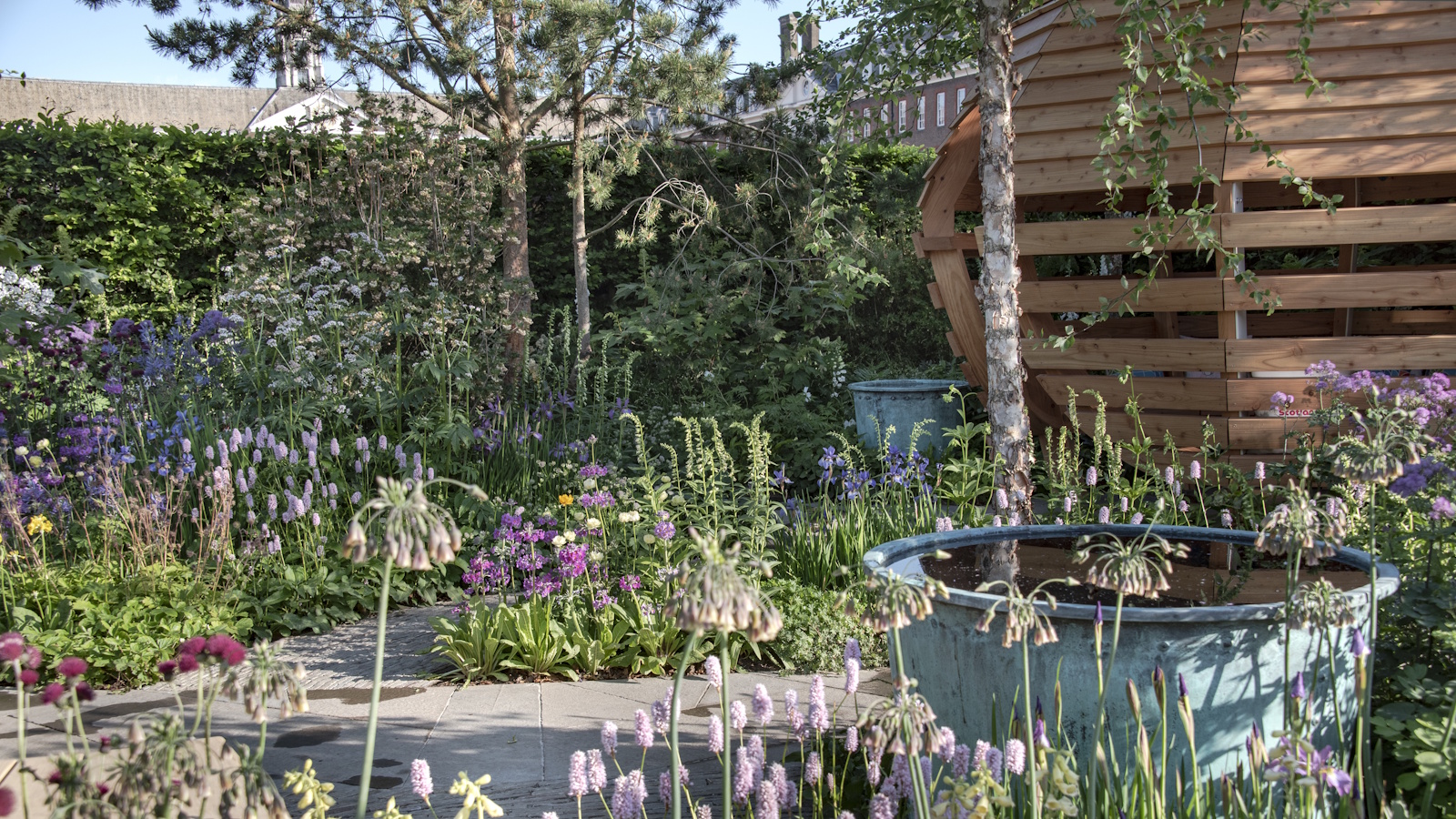
Ground cover plants can be a blessing or an absolute nightmare. They seem so dainty and delicate in the nursery: compact, tidy, perhaps loaded with flowers. But by nature, these are spreading plants. And in the wrong place, or given just a little too much freedom, they can quickly take over.
I’ve planted many ground covers during my time working as a professional gardener, only to find out, seasons later, that they’ve rooted into paths, smothered neighbouring perennials, or sent suckers halfway across the garden. Take bear’s breeches, or Acanthus mollis, for example. I used to love its dramatic dark leaves, but once it settles in, it starts turning up everywhere, and, in my opinion, is more trouble than it's worth.
Of course, every garden is different. Invasive ground cover plants won't be classified as such in every region, and may behave perfectly fine in another area or in their native habitat. But, if you want the honest truth from someone who’s learned the hard way, here are five ground covers I’ll never plant again, as well as five alternatives I'd recommend instead.
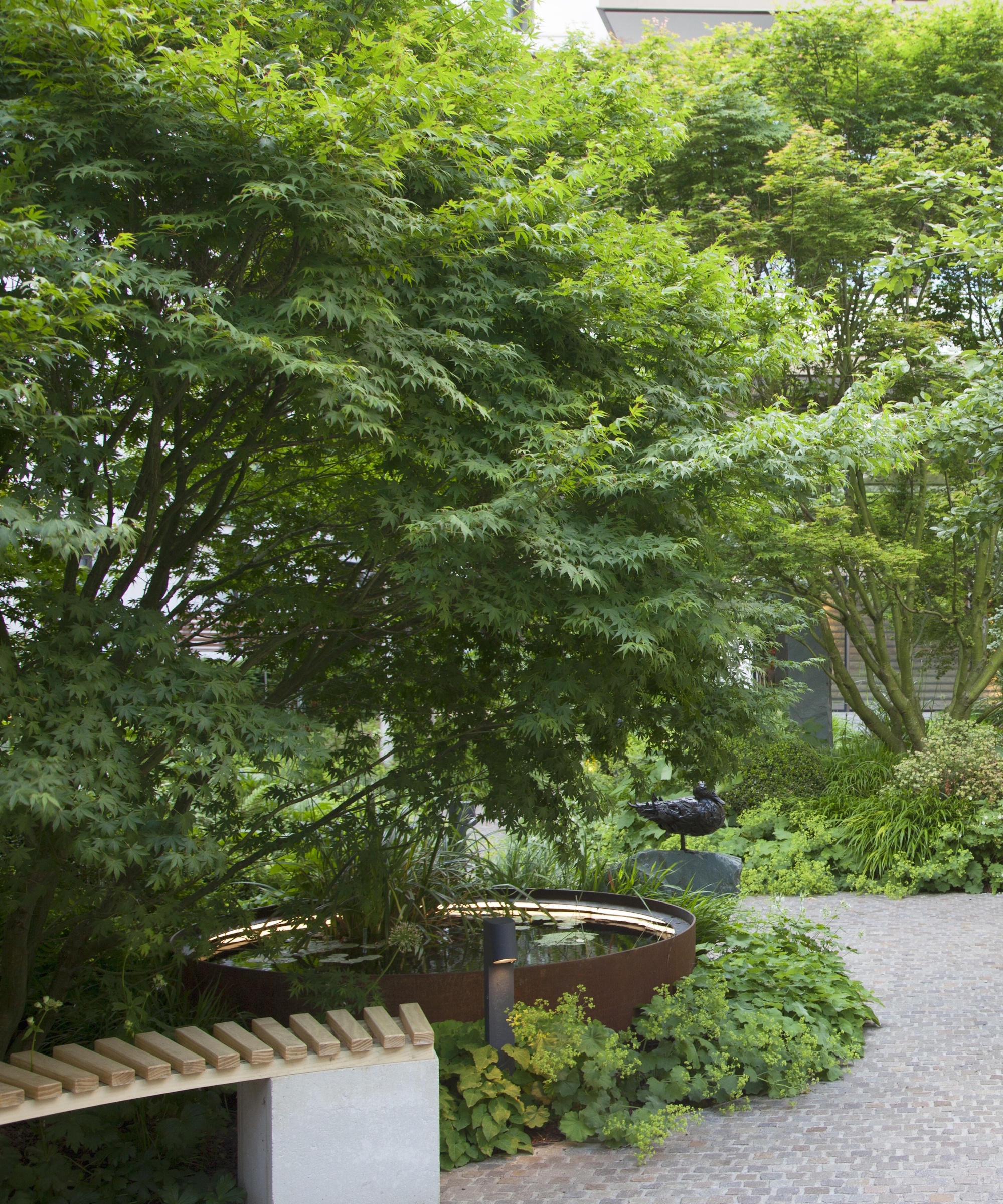
5 ground covers I’ll never plant again
Wherever you live and whatever your US hardiness zone, there will always be ground cover plants that grow a little too well.
While some might just be vigorous, producing plenty of growth per season, some invasive plants can dominate, swamping out native plants and proving tricky to get rid of.
Here are five ground covers I’ll never plant again, and the species I recommend as being a little less troublesome but no less beautiful.
1. Muehlenbeckia
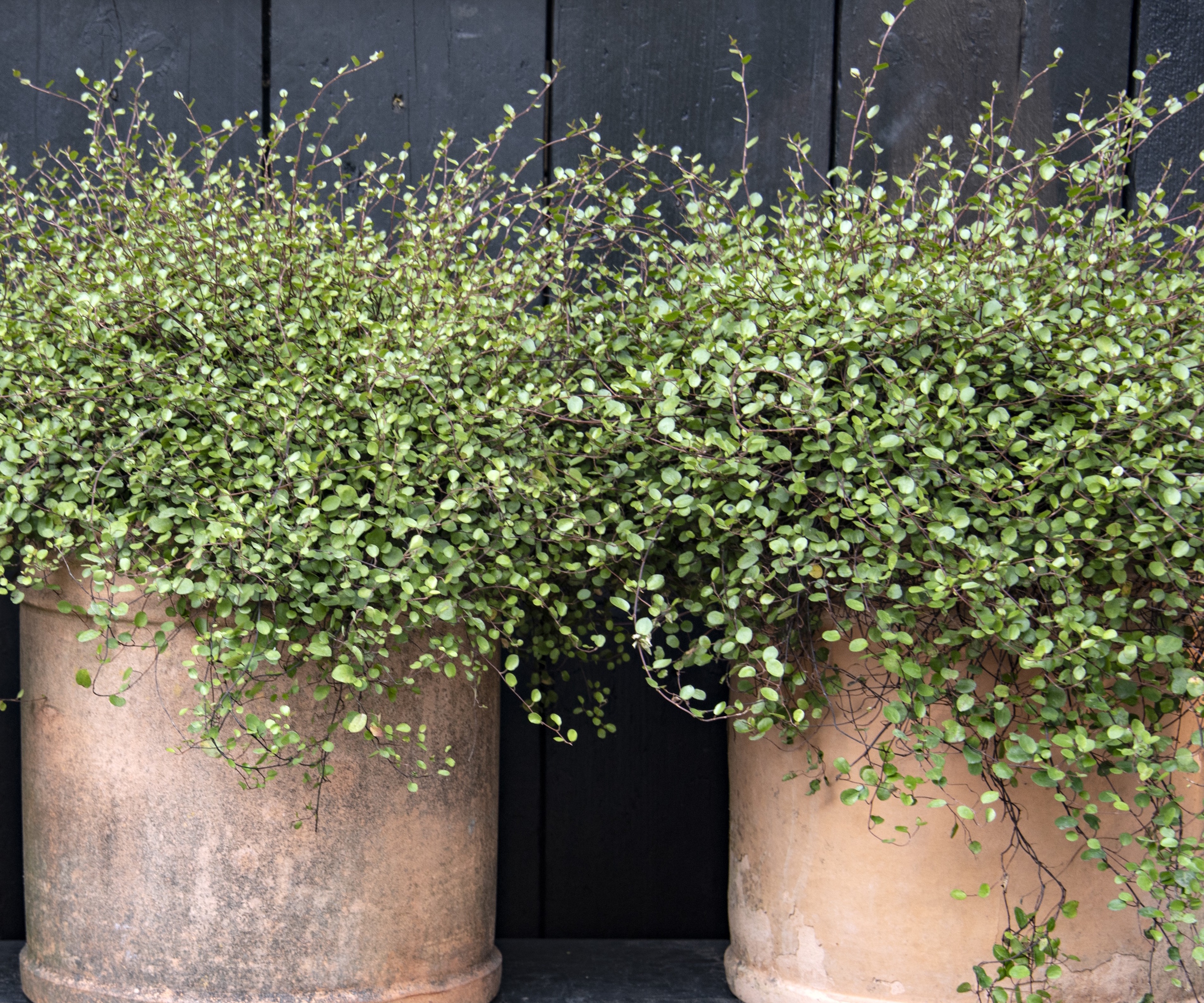
Native to New Zealand, Muehlenbeckia complexa, otherwise known as the necklace vine or maidenhair, is a dense, spreading plant that has delicate, circular leaves.
Design expertise in your inbox – from inspiring decorating ideas and beautiful celebrity homes to practical gardening advice and shopping round-ups.
It is sometimes used as an evergreen ground cover plant in mild regions or as a trailing pot plant, as can be seen in the image here.
However, don't let this dainty aesthetic fool you. This species, in the right conditions, can be worryingly vigorous.
I have known Muehlenbeckia complexa to reach upwards of 10 feet, growing through and over nearby plants, covering them in a mass of foliage.
And, while it can be useful as a green spreading plant, if it is not regularly pruned, it can get out of control.
For darker situations, the likes of which Muehlenbeckia complexa thrives in, I would instead recommend learning how to grow foamflower.
This part-shade to full-shade perennial does best from zone 3 to zone 8, and I have found in sheltered yards they retain their foliage year-round.
And, the best bit? The starry pink and white spring blooms that herald the return of the growing season. Plant en masse for an impactful ground cover this year.
Live foamflower plants are available from Amazon.
2. Acanthus
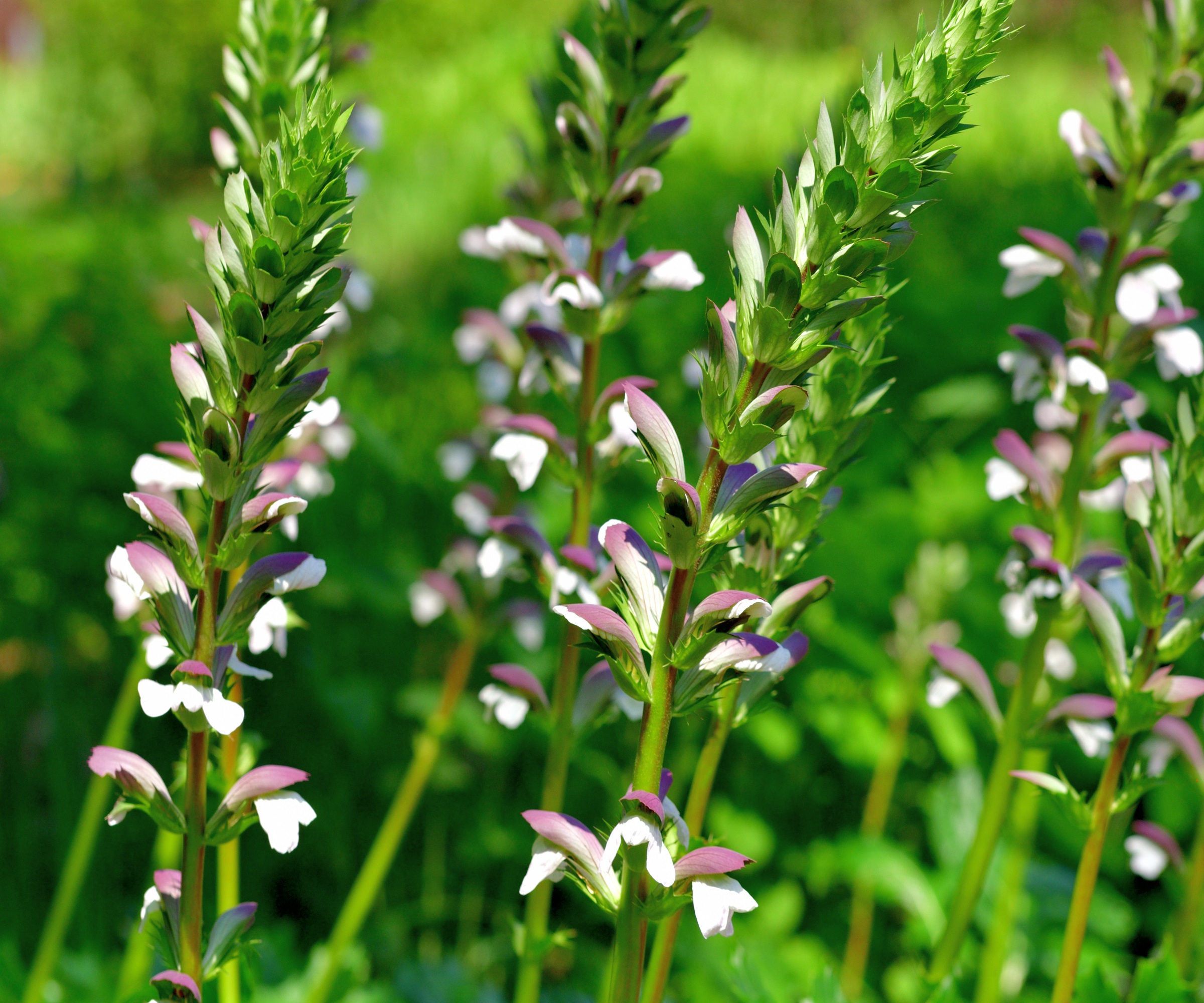
As I mentioned earlier, bear's breeches, or Acanthus mollis, can prove problematic once it is established.
While these might seem like striking architectural plants with statement foliage, they can be very aggressive and are considered invasive in many regions across the US, including in Oregon.
I have even seen bear's breeches send up suckers and spread in dry shade and in root-congested borders under large black locust trees, conditions that would seem unpalatable to most other plants.
So, while the vigor of this invasive perennial might seem appealing, once you have bear's breeches, chances are, it will be tricky to get rid of it.
Instead, for impactful foliage, why not try the native plant, Oregon grape, or Mahonia aquifolium (syn. Berberis aquifolium).
Oregon grape live plants are available to order from Amazon.
While this is a spiky plant, its evergreen foliage would work well positioned away from paths towards the back of the border. Plus, it is a tough species, hardy down to zone 5 with a preference for shade and moisture.
3. Japanese blood grass
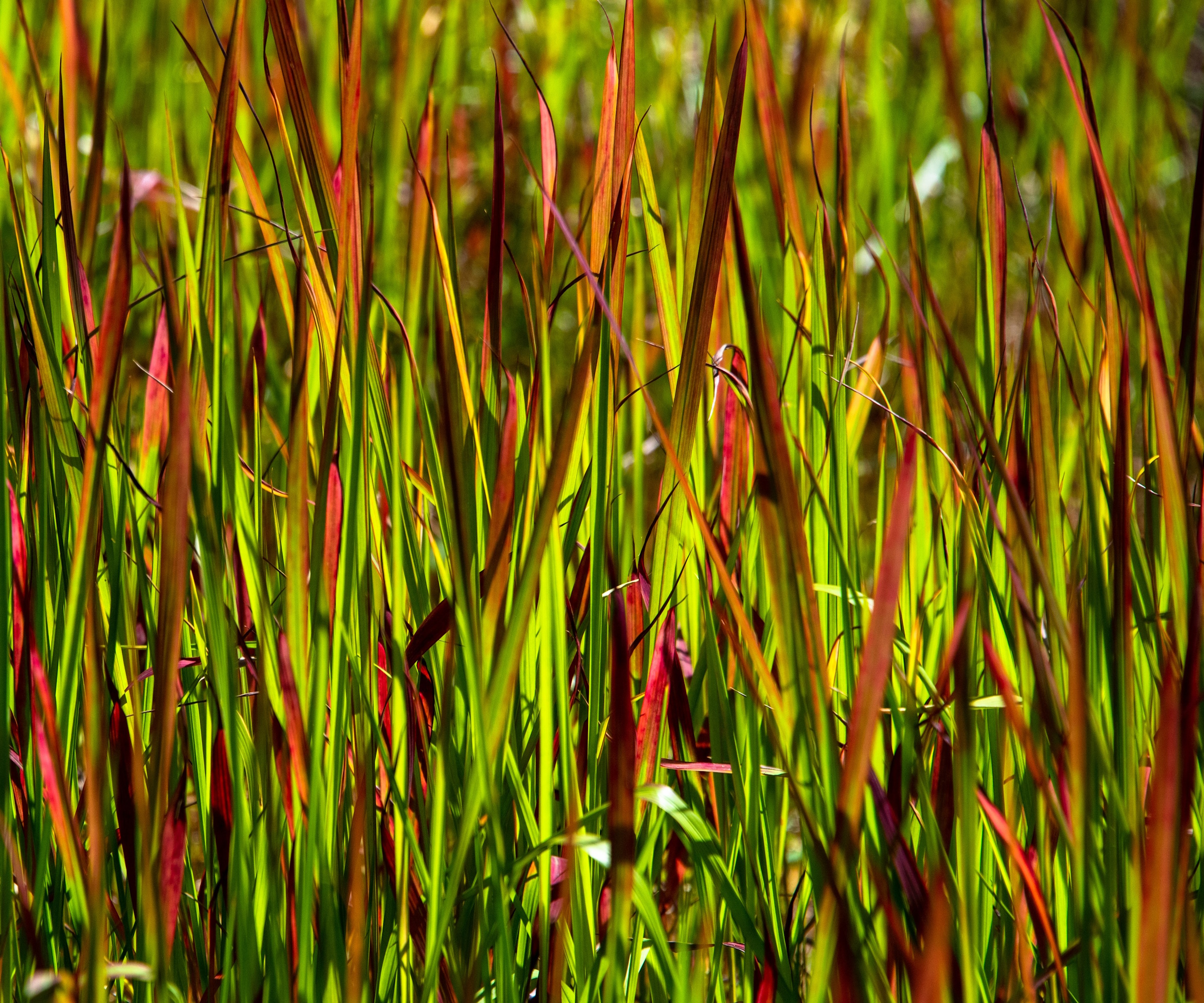
Sure, Japanese blood grass is unusual and colorful, opening in shades of red that melt into green further down the blades, but it is notoriously difficult to control.
In Florida and Virginia, for example, this ornamental grass is considered a noxious and invasive weed, and is illegal to plant.
Even if you are allowed to plant Japanese blood grass (or Imperata cylindrica) in your state, I would recommend approaching with caution, planting in pots only, and not in the ground.
Instead, I would suggest planting another ornamental in your yard, one that is far less vigorous: Japanese forest grass, or Hakonechloa macra.
Live Japanese forest grasses are available at Amazon.
In terms of how to grow Japanese forest grass, this perennial can be planted down to zone 4, thriving in shady and moist borders.
I have grown this species on several occasions, and it is easy to manage, with a slow growth rate and neatly forming clumps that add a sensory, rustling sound to the garden.
4. Italian arum
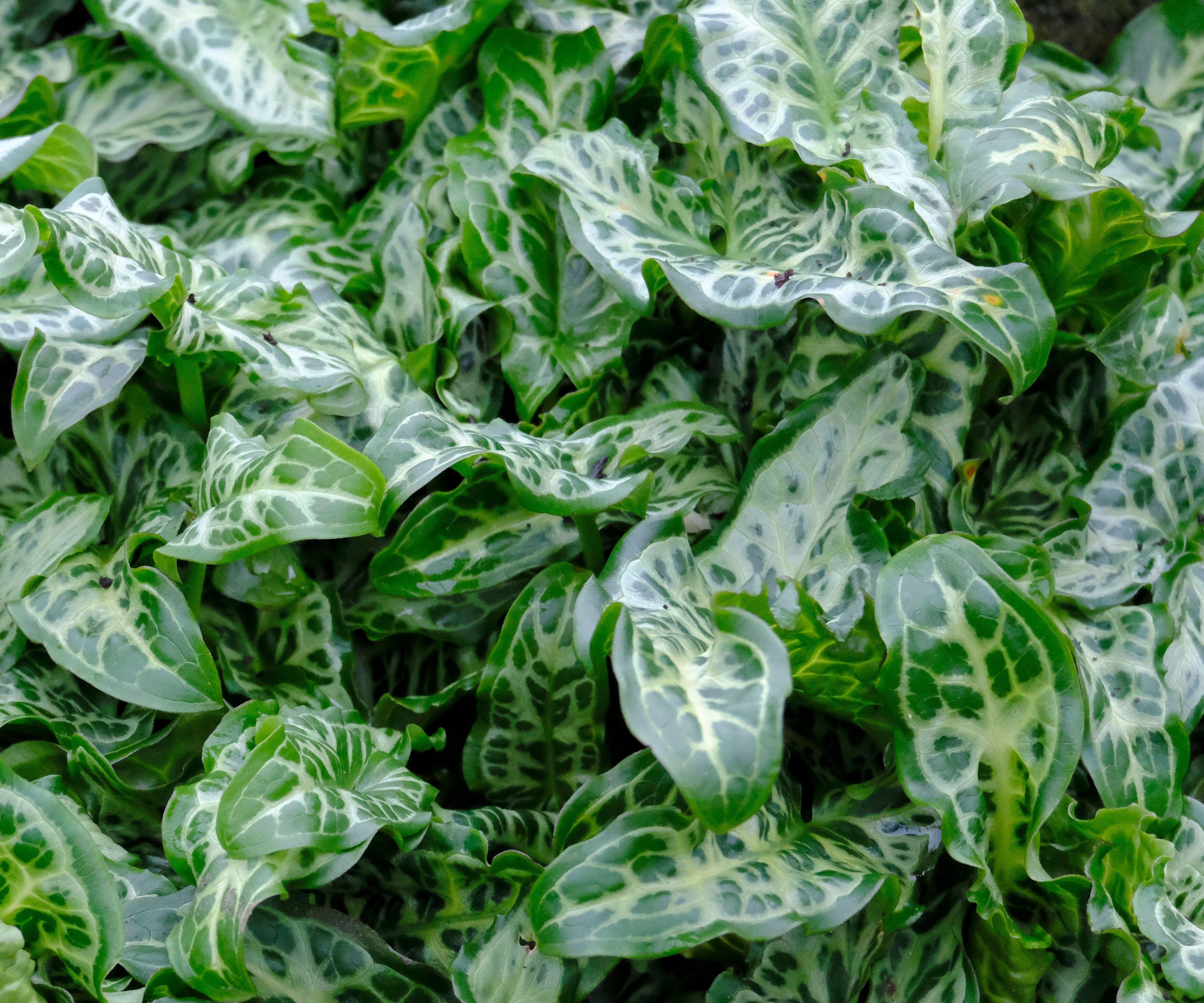
Italian arum, or Arum italicum, might look pretty, with its green and white speckled leaves, yet this low-growing species is another problem plant in my experience. In terms of plants I will never grow again, this one is certainly up there.
Sometimes referred to as Italian lords-and-ladies, this species is classified as invasive in Washington, growing a little too well in the cool and wet Pacific Northwest.
What's more, it is also reported as a poisonous perennial and can be toxic to both humans and pets, and can cause skin irritation if handled incorrectly. If you are weeding or pruning it, be sure to wear a good pair of strong gardening gloves, available from Walmart.
Instead of Italian arum, then, I would suggest a North American perennial that thrives in shady spots: wild gernanium, or Geranium maculatum.
In terms of how to grow wild geranium, this flowering ground cover plant can be planted down to zone 3, doing best in partially shaded woodland beds.
While it can spread and naturalize, I have never known this species to get out of control. You can simply pull up any self-seeding clumps and gift them to a gardening friend if you are feeling generous.
Wild geranium live plants can be ordered now via Amazon.
5. Mind your own business
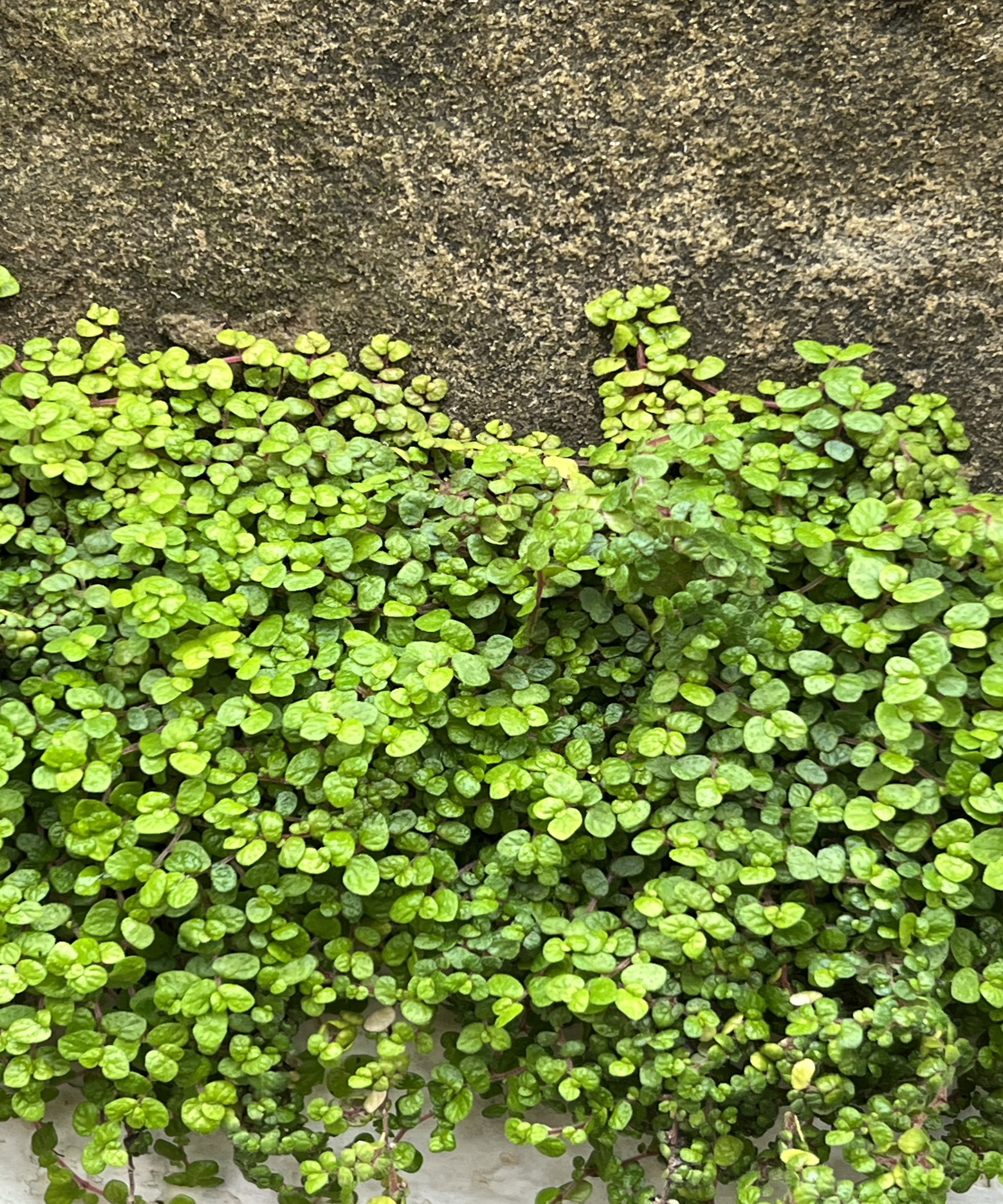
Mind-your-own-business (Soleirolia soleirolii) might be considered by some to be a useful, creeping perennial with tiny, rounded leaves that will fill difficult spots in the yard.
However, once established, they can be a pain, seemingly popping up here, there, and everywhere, happily growing through gaps in walls and cracks in paving.
The good thing with mind-your-own-business is that it does tend to be fussy in terms of summer humidity and winter protection.
So, in most locations, it won't become invasive if there is prolonged dry weather in July or August, or any extended cold snaps in December or January. But, in the right conditions, it can become aggressive.
In one sheltered London garden where I worked, we found small clumps of this spreading ground cover growing everywhere we did not want. And, while mind-your-own-business is easy to rip up, it is not ideal if you want a low-maintenance plot.
What is a good alternative? I would suggest brass buttons, or Leptinella squalida, which is a mat-forming perennial with small, fern-like foliage.
Brass buttons live starter plants can be ordered now from Amazon.
Hardy down to zone 4, grow this unusual ground cover from New Zealand in part shade and keep well watered during summer.
FAQs
What is a non-invasive, heat-resistant ground cover?
Try growing a non-aggressive full sun ground cover plant, like santolina or lavender, both of which have silver-green foliage and can withstand extended periods of sun and drought during summer.
One tough, heat-resistant variety is lavender 'Phenomenal', with live plants available via Burpee, which can be grown from zone 4 to zone 9, and once established, will thrive all summer long with little water.
Of course, you can disagree with any and all of my reflections here. Some plants that I have struggled with might be non-invasive or non-aggressive where you live, and grow just fine without much maintenance.
If you are unsure what you should and should not grow, it is always a good starting point to consult the invasive plant register and see what is best avoided in your region.
For more information on shrubs to never grow again, see our guide, with tips on species to avoid, including invasive Japanese barberry, or Berberis thunbergii, which is not only spiky but also an aggressive spreading plant.
Shop garden accessories

Thomas is a Content Editor within the Gardens Team at Homes and Gardens. He has worked as a professional gardener for both public spaces and private estates, specializing in productive gardening, growing food and flowers. Trained in Horticulture at the Garden Museum, he has written on gardening and garden history for various publications, including The English Garden, Gardens Illustrated, Hortus, The London Gardener and Bloom. He has co-authored a Lonely Planet travel book, The Tree Atlas, due out in 2024.
